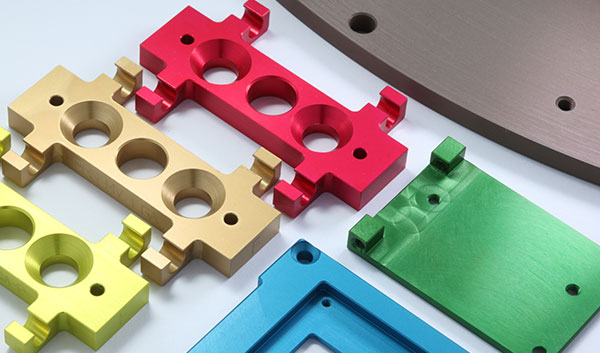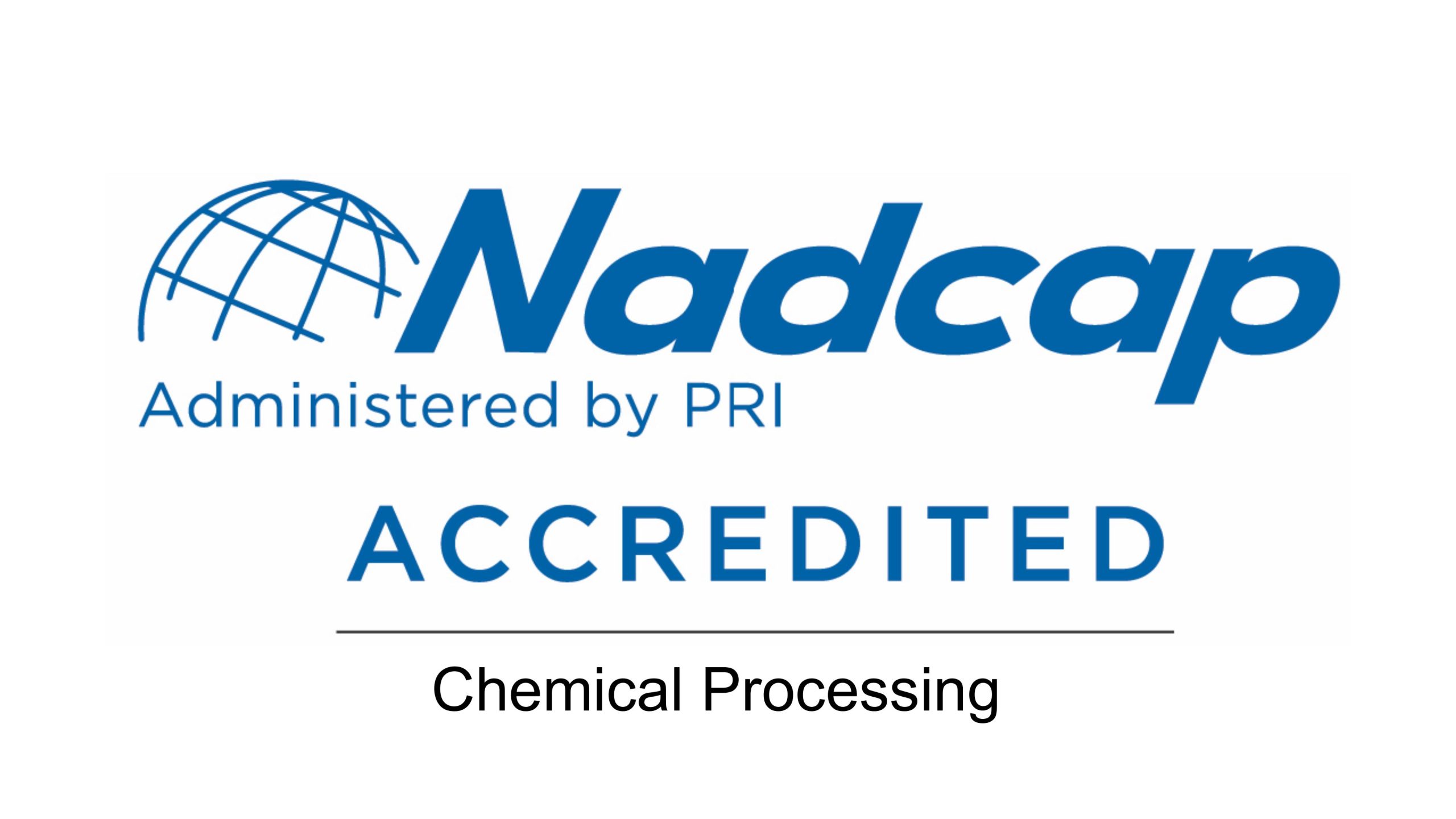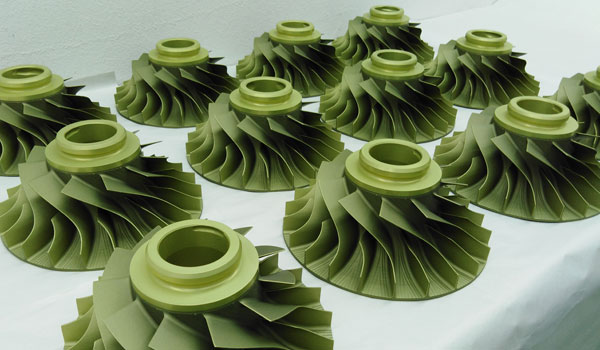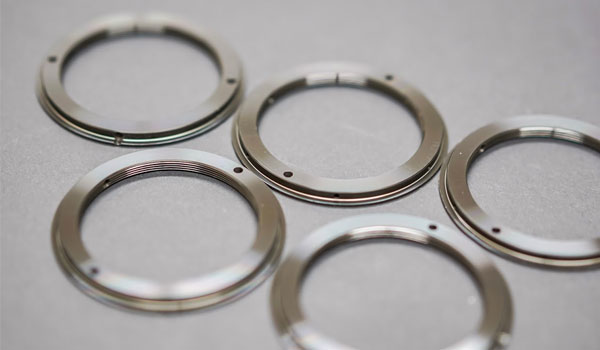
The Anodizing process is an intricate process that requires meticulous management of bath parameters, to obtain the desired ratio of build-up and etching on metal substrates. Our plating house is also able to offer a wide range of colored anodized finishing and different forms of sealings depending on the individual customer’s needs.
With years of experience in this field, we are easily able to produce consistent and quality goods to our customers.
| Process | Specs | Process Classification | Tank Size (L) x (W) x (H) mm | Locations |
|---|---|---|---|---|
Anodizing |
MIL-A-8625 | Type I (Class 1) | 1600 X 1200 X 900 | Singapore |
| Type II (Class 1 & 2) | 2200 X 1200 X 1200 | |||
| Type III (Class 1 & 2) | 1600 X 1200 X 900 | |||
| Type II (Class 1 & 2) Clear / Black | 2600 X 950 X 1300 | Penang | ||
| 1100 X 1100 X 1000 | ||||
| Type III (Class 1 & 2) Clear / Black | 1000 X 1000 X 1000 | |||
| Type II (Class 2) - Gold | 600 X 400 X 700 | |||
| Type II (Class 2) - Blue | 1100 X 550 X 1000 | |||
| Type II (Class 2) - Red | 1100 X 550 X 600 | |||
| Type II (Class 2) - Matt Black | 1100 X 550 X 1000 | |||
| Anodize with Teflon (Type II) | 600 X 400 X 700 | |||
| Anodize with Teflon (Type III) | ||||
| Type II (Class 1 & 2) Clear / Black | 1200 X 800 X 1000 | Kuala Lumpur | ||
| Type III (Class 1 & 2) Clear / Black |
Anodizing is an electrochemical process that converts the metal substrate surface into a durable, corrosion-resistant, attractive anodic oxide finish. Aluminum is ideally suited to anodizing, although other nonferrous metals, such as magnesium and titanium, also can be anodized.
The anodic oxide structure originates from the aluminum substrate and is composed entirely of aluminum oxide. This aluminum oxide is not applied to the surface like paint or plating, but is fully integrated with the underlying aluminum substrate, so it cannot chip or peel. It has a highly ordered, porous structure that allows for secondary processes such as coloring and sealing.
Anodizing is accomplished by immersing the aluminum into an acid electrolyte bath and passing an electric current through the medium. A cathode is mounted to the inside of the anodizing tank; the aluminum acts as an anode, so that oxygen ions are released from the electrolyte to combine with the aluminum atoms at the surface of the part being anodized. Anodizing is, therefore, a matter of highly controlled oxidation – the enhancement of a naturally occurring phenomenon.


